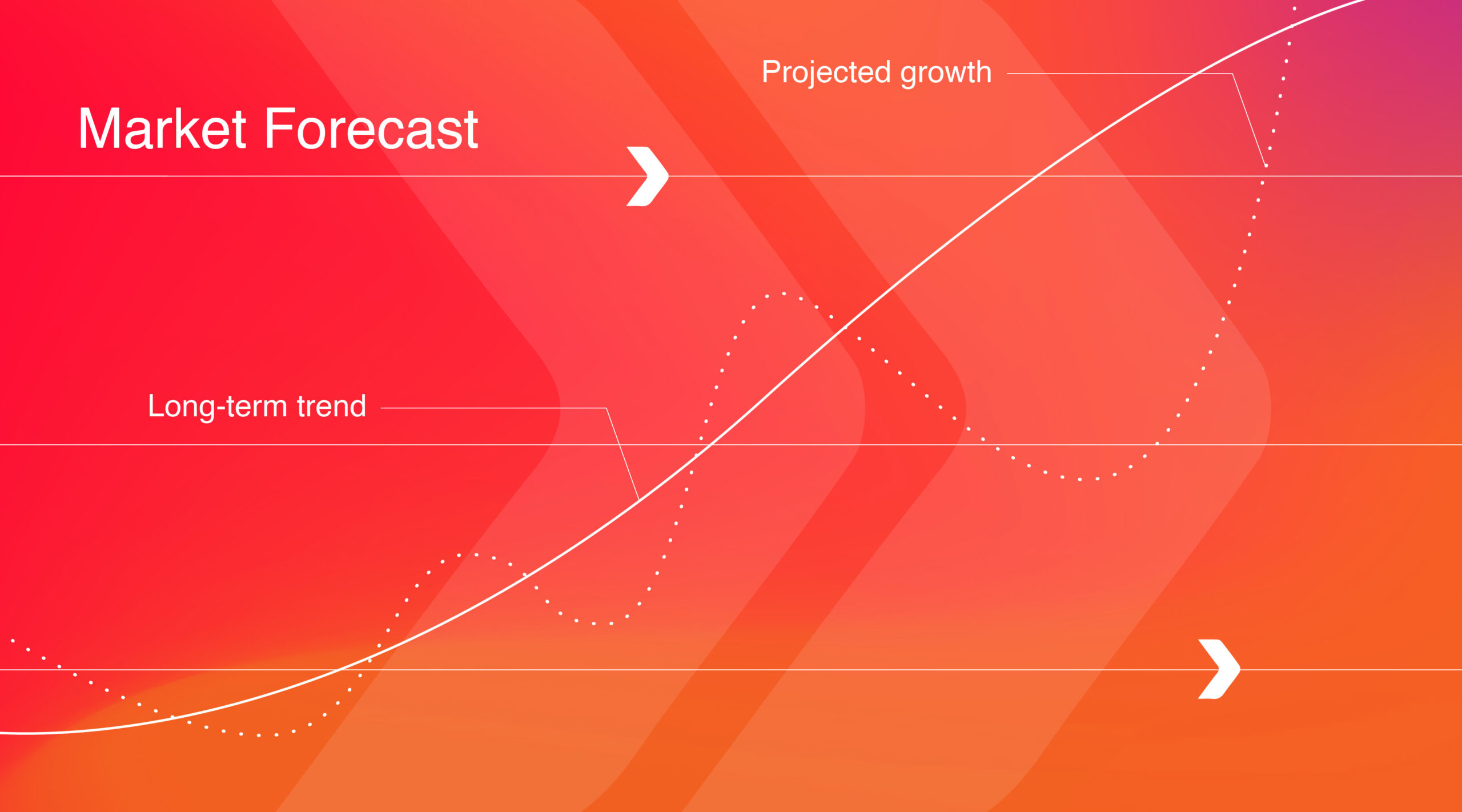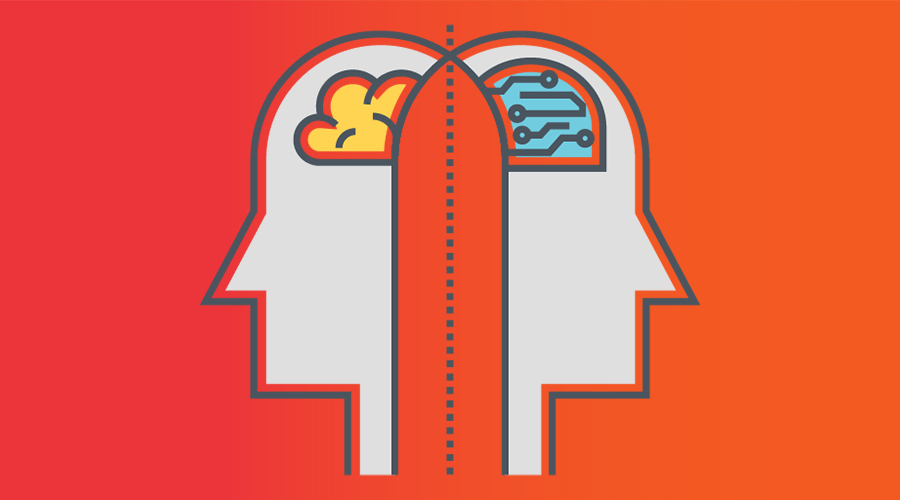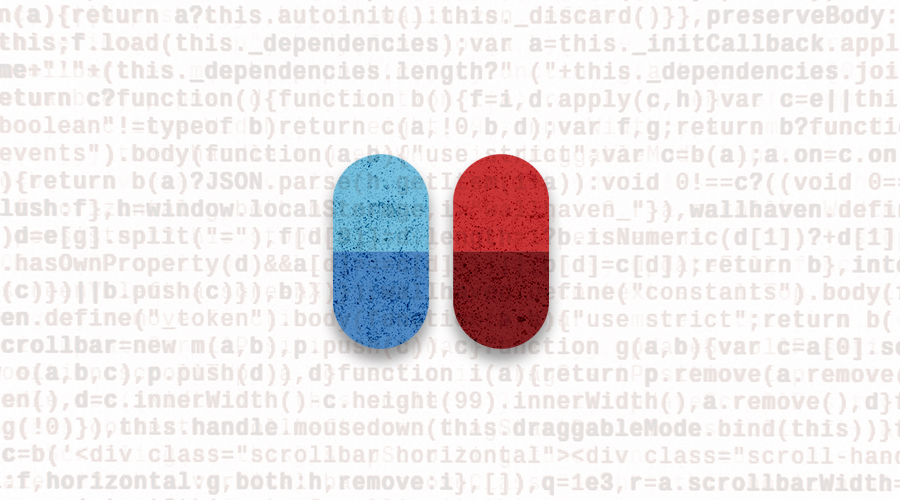In a world where technology is advancing rapidly, culture is shifting exponentially and artificial intelligence (AI) has changed the ways we work, plan and go about our daily lives, it has never become more important to plan for radically different futures.
At Simantel, we’ve practiced strategic planning for decades. But as we’ve evolved into the agency of and,™ we’ve expanded our focus to lean more into the practices of futures thinking and foresight. We believe that futures thinking will be critical in powering clients in the next decade.
In this post, we’ll dive a little deeper into futures thinking, talk about why its becoming more important, how we’re doing it and the role that we can help play in creating a more purposeful future for the clients we’re helping.
What is Futures Thinking?
Futures thinking is a set of skills that helps us prepare for a changing world. It uses a variety of foresight tools to help forecast long-term futures that uncover opportunities for innovation, invention, design, strategic shifts, pivots or even workforce optimization.
The tactics employed by futurists allow us to gain insight from things happening in the present and provide us with tools to gain insight from the recent past. They also lend us tools to help understand how new technologies, global events and big ideas that are actively shaping the future can help us create strategies and plans to make the best possible future for our businesses, customers and community.
At Simantel, we’re not really trying to predict the future. There are far too many variables and dependencies to accurately predict what the world will be in 5 years, 10 years or even further out. We do practice foresight, because our goal is to not know, but create opportunities to grow our resilience, adaptability and readiness for anticipated change on behalf of our clients and the work they’re doing.
We’re not abandoning 3-5 year roadmaps for our clients. When we use our futures thinking skills, we aim to create a forecast that’s 10 years out. We do this because 10 years gives us enough mental space to imagine our technology, ways of working resource pool and capabilities to be reasonably different and allows us to predict one or several different views of the future.
Once we’ve forecasted we can use a variety of skills to help us brainstorm things we could do immediately, things we could test, things we could plan for or things that could be plausible but not necessarily accurate. It’s the ultimate brainstorm. When we focus in on a future to think about, we can use our clients’ current conditions and future conditions as a lens to imagine what could be and decide if we want to do things immediately to create the future we want.
Related Content: 2024 B2B Marketing Trends Predictions
Why is Futures Thinking So Important?
When we talk with clients, we show a slide that talks about our world being in crises. We use the plural of crisis for good reason. We’re in a period of extreme volatility, uncertainty, complexity and ambiguity (VUCA).
VUCA was structured by economists Warren Bennis and Burt Nanus in their 1985 book “Leaders. The Strategies for Taking Charge” to help corporate leaders understand external factors and consequences in corporate leadership. The U.S. Army War College started using the framework in the late 80s and published thoughts on it in the early 1990s as it attempted to understand how running the military needed to change with the collapse of the U.S.S.R.
Today, we’re slowly adapting to exponential shifts in the ways we work, the technology we have available to us, catastrophic weather events, climate change, shifting political landscapes and increasingly blended cultures and rapidly adapting viewpoints on social and civil liberties and privacy.
Today’s customers expect brands to build trust, ensure that they’re good stewards of their data and privacy and that the companies stand for more than the products and services they provide. And as our planet, its people and the systems that support it evolve and face these challenges, brands that only look at the here and now, or the next two to three years will be left blind, behind and shocked when the futures they could have planned for arrive.
While not part of every engagement, we like to look a little further ahead to provide foresight whenever possible and a playbook for addressing things more quickly when we notice trends that will impact our clients or the customers they serve.
The Four Types of Futures Thinking Skills
At Simantel we focus on four types of futures thinking to help us plan in the VUCA world. They are:
- Forecasting
- Simulation
- Collaboration
- Action & Innovation
Forecasting: We use our forecasting skills when we want to make plans, take precautions against worsening trends or situations, accommodate for risk or when we want to help our clients be entrepreneurial to design a new product or service line.
When we forecast we look for signals of change, either in the culture, the economy or in more traditional lanes like science and technology. When we identify something that might affect our clients (e.g. spatial computing coming to consumers at scale through Apple Vision Pro), we track it, and start to postulate on how different scenarios may impact our client, their business or their customers.
Forecasting Offering:
- 10-year forecast report
- Scenario planning
- Situation modeling
- Futuretellling
- Future personas
- Visioning
- Foresight training
Simulation: We use our simulation skills when we’re trying to tackle challenging situations to think more creatively and strategically. Where a forecast helps paint a picture of what the world might be like in the future, simulation helps us figure out what our client’s customers might experience and what we can do to impact their behaviors, work or lives.
We use simulation skills to help ensure that we test our assumptions and unstick our brains when we feel like things can’t be different.
Simulation Offering:
- Marketplace simulation workshop
- Workflow modeling
- Predictive analytics
- Microsimulation
Collaboration: Our collaboration and gaming skills help us to see the world from the points of view of others and allow us to project what we might want clients to do differently to provide greater impact. They help us make sure that our optimism (or skepticism) don’t have any blind spots, and anticipate any hard-to-predict long-term consequences.
We use collaboration skills often with our clients and credit our long-term relationships with them to these collaborative workshops and sessions.
Collaboration Offering:
- Impact mapping
- Journey mapping
- Roadmaps
- Gamestorms
Action/Innovation: Our action and innovation skillset is the core of what has made us a lasting, insights-driven creative agency. With futures thinking, we look to our past to see what has worked well and look at signals in the present that will impact our future. Our action and innovation practices are what help us to test our theories in real time, whether that be through creative, helping design a new product.
Action/Innovation Offering:
- Creative execution
- Innovation
- Design thinking
- Consulting
Looking Ahead
The future is becoming more important than ever before. Technology has impacted our scale of change exponentially, making the risks and opportunities that are confronting our businesses and clients too important to ignore!
Foresight efforts can be integrated into any planning opportunity to identify potential risks and opportunities and develop strategic plans that align with a preferred future. Ultimately, powerful foresight informs better decision-making.
Want to chat more about how YOUR company can impact the future? Connect with us!




